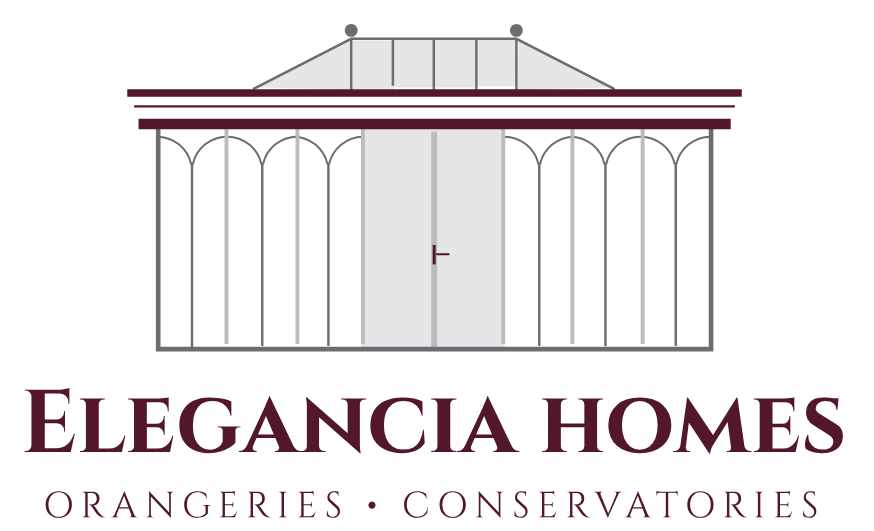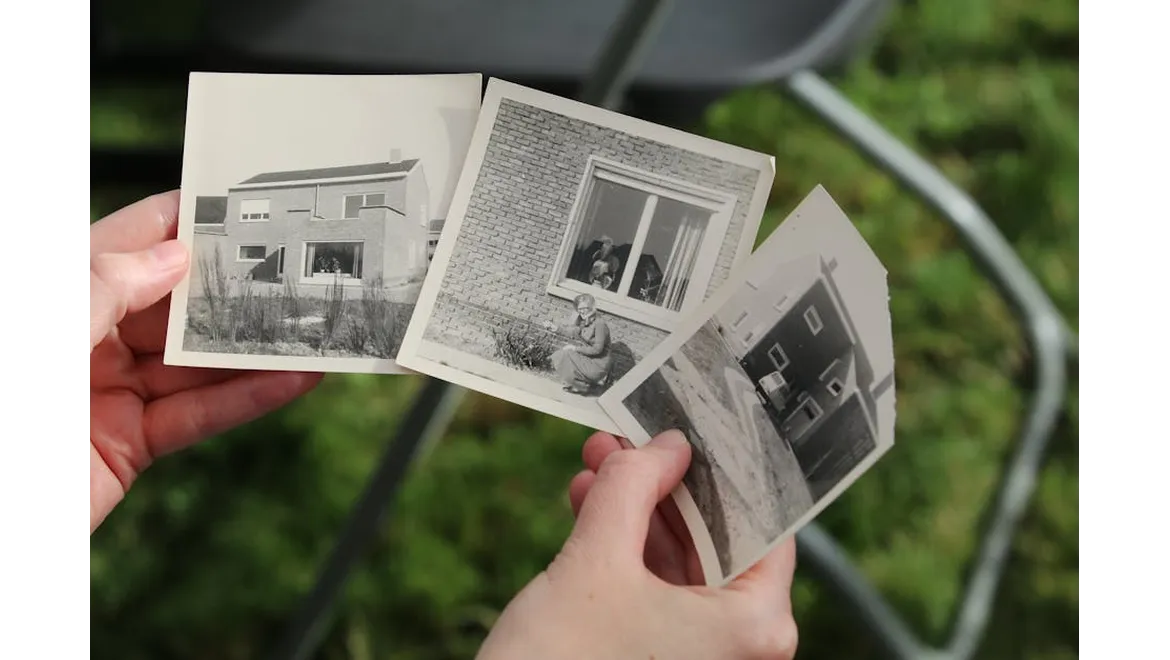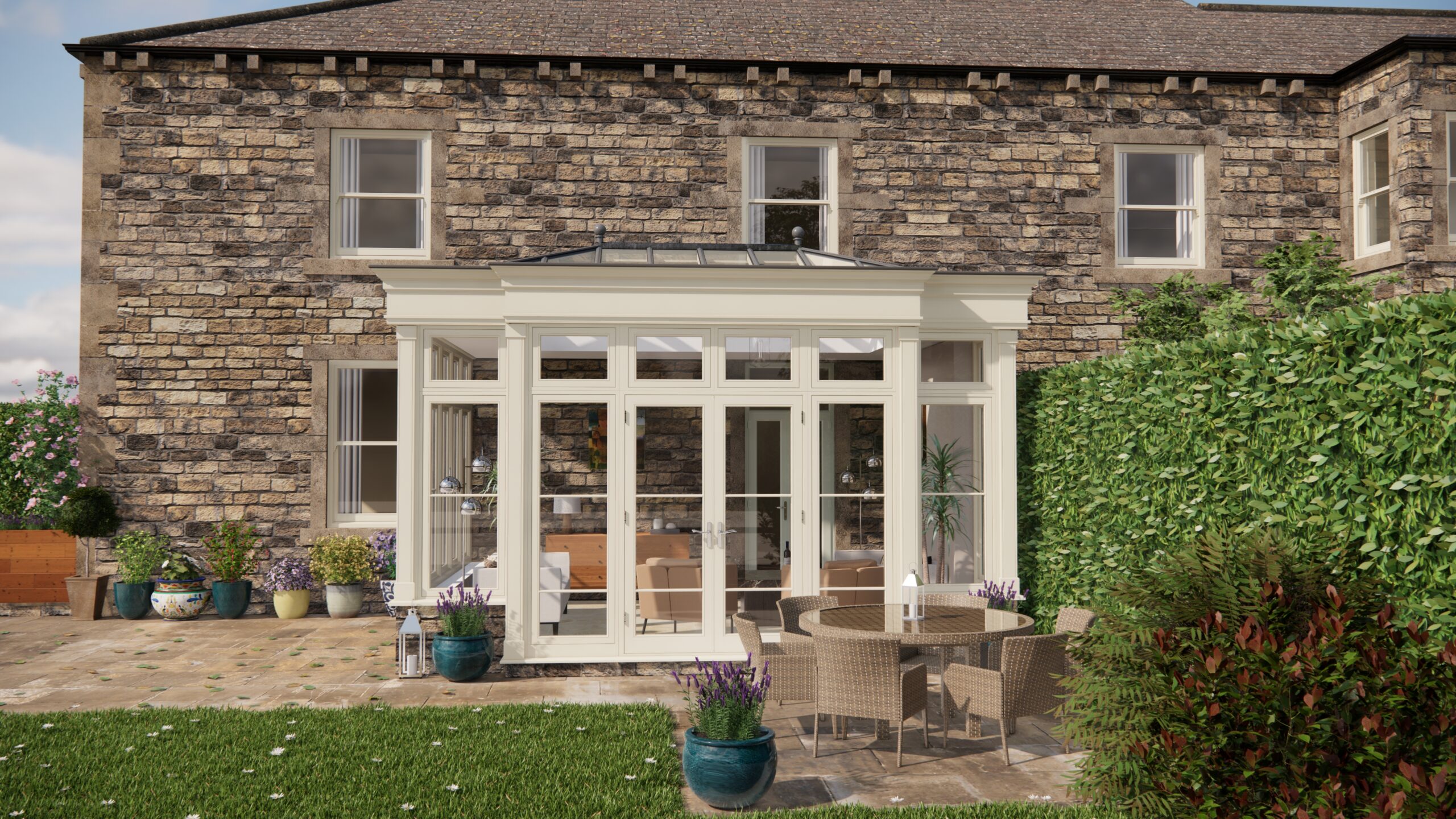The other day, I found myself deep in conversation with a dear friend, Lucy, who has recently embarked on an exciting journey of modernising her quaint historical home nestled in the heart of the English countryside. As we sipped our tea, she shared her experiences and insights on blending the old-world charm with contemporary design trends. Her passion for preserving history while embracing modernity was infectious, and I couldn’t wait to share her approach with you.
Embracing the Original Features
Lucy began by emphasising the importance of embracing the original features of historical properties. “You have to respect the bones of the house,” she said, her eyes lighting up. “It’s about highlighting what makes it unique.” For example, if you’ve got a gorgeous fireplace or exposed beams, it’s worth retaining these elements as focal points. Lucy chose to clean and restore the original stone fireplace in her living room, which not only became a striking centrepiece but also added warmth and character.
To replicate this, start by identifying the architectural elements that give your property its historical charm. Whether it’s cornicing, wooden panelling, or original flooring, think about how these features can be preserved. Simple restoration work can often bring these details back to life without overshadowing the new design elements you introduce.
Introducing Modern Comforts
While preserving the past, Lucy also wanted her home to be comfortable and functional. She explained, “Modern comforts are essential, but they shouldn’t steal the show.” An underfloor heating system was discreetly installed beneath the original wooden floors. This ensured the cosiness expected of a modern home without compromising the historical aesthetics.
When considering modern upgrades, look for technology that can be seamlessly integrated. Smart lighting and heating systems, for example, can be controlled via apps without altering the visual appeal of your space. The key is to introduce these comforts in a way that complements, rather than competes with, the historical elements.
Playing with Colour and Texture
Lucy’s approach to colour and texture was particularly inspiring. She chose a palette that paid homage to the traditional hues of her home while adding a contemporary twist. “Think soft greys and muted greens,” she advised, highlighting how these colours can bridge the past and present beautifully.
Textures played a significant role in her design too. She layered plush rugs over the original stone floors and introduced velvet and linen fabrics for a tactile experience. If you’re keen to experiment, start by selecting a neutral base and introduce pops of colour through accessories like cushions and artwork. This method allows you to stay true to the property’s roots while injecting your personal style.
Mixing Old and New Furnishings
One of Lucy’s most delightful strategies was her eclectic mix of old and new furnishings. “It’s like a dance between eras,” she laughed. She paired her grandmother’s antique dining table with sleek, contemporary chairs. This juxtaposition created a dynamic and inviting dining space that felt both timeless and fresh.
When mixing furniture styles, balance is key. Aim for a harmonious blend where neither the old nor the new overwhelms the other. Begin with one or two statement antique pieces and complement them with modern accessories. This creates an interesting visual dialogue and ensures each piece tells its own story.
Incorporating Art and Decor
Art and decor were the finishing touches in Lucy’s project, and she had a thoughtful approach. “Art should reflect both the history of the house and the personality of its inhabitants,” she said. Her walls featured a combination of vintage prints and contemporary artwork, creating a gallery-like feel.
If you’re deciding on decor, consider sourcing pieces that resonate with both the era of your home and your personal taste. Local antique shops and markets can be treasure troves for finding unique pieces. Mix these with modern artwork to provide a balanced aesthetic that mirrors the dual nature of your space.
Drawing It All Together
Sitting there, listening to Lucy, I realised that modernising a historical property is about storytelling. It’s about weaving together the past and the present to create a space that feels authentic and alive. By preserving original features, introducing subtle modern comforts, and thoughtfully mixing colours, textures, and furnishings, you can achieve a harmonious balance that respects the history of your home while making it a place for contemporary living.
As I left Lucy’s beautifully transformed home, I felt inspired by her journey and eager to apply some of her insights to my own space. Her passion and creativity were a testament to what can be achieved when old and new worlds collide. It’s a process that may take time and patience, but the result is a home that tells its own unique story.


